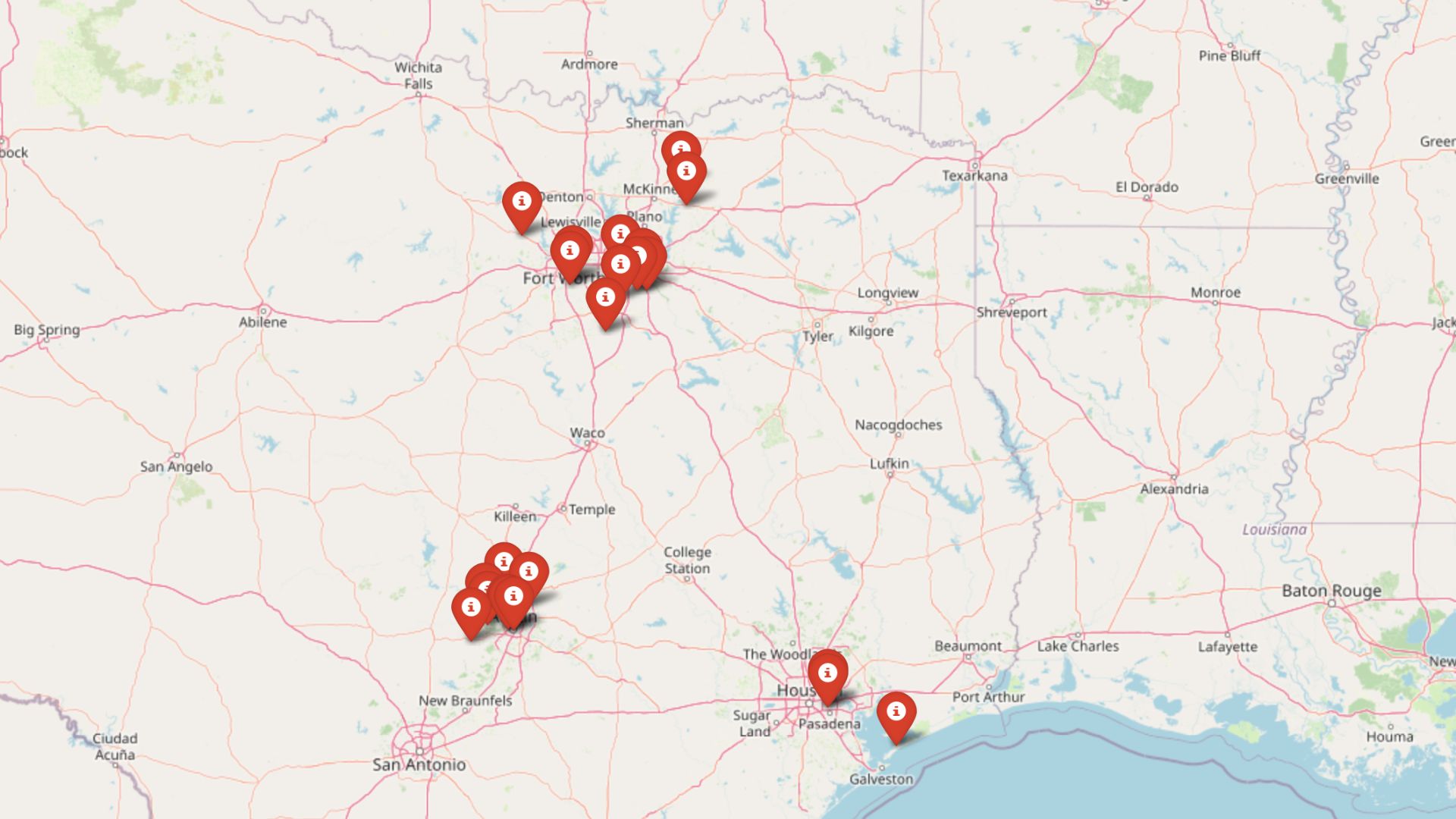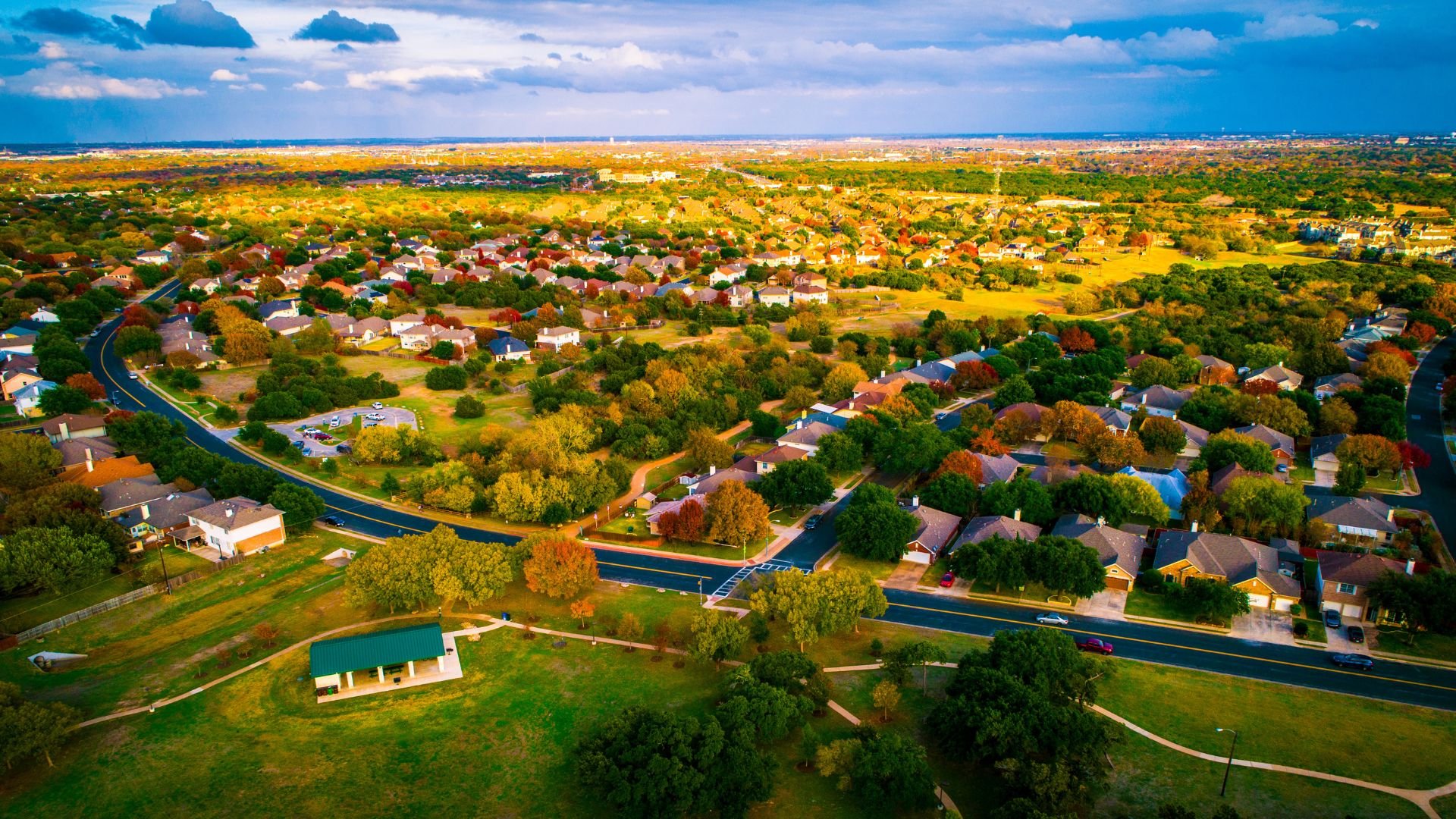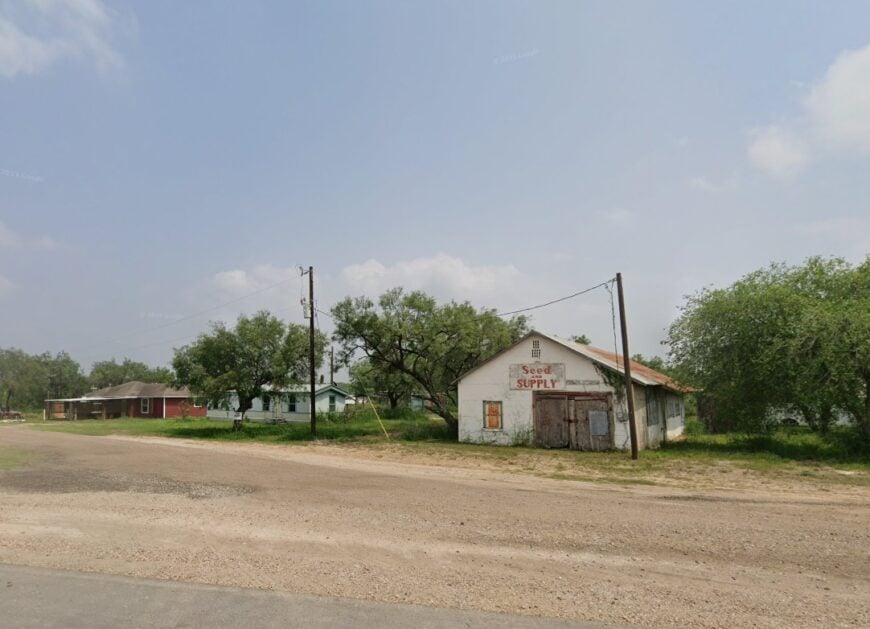
Southern Texas unfolds as a landscape of long roads, scattered settlements, and horizons that seem to refuse boundaries. The towns here are not destinations in the usual sense but quiet markers of persistence—clusters of homes, abandoned depots, and shaded streets that still hold the weight of history.
What stands out is the geography itself: the Laguna Madre’s tidal flats, the dense mesquite of brush country, the wide rivers that slip past farms and levees. Each place on this list is tethered to that landscape, shaped less by commerce than by water, soil, and the seasons.
People remain, even where numbers are small. They ranch, they fish, they gather for church or a courthouse event, and then the silence returns. The rhythm is measured not by traffic but by wind, wildlife, and work carried out on the land.
These 25 towns are set apart not because they are hidden, but because they continue at their own pace, largely untouched by the scale of the cities. Together they sketch a portrait of Southern Texas that is both spare and deeply rooted.
25. Port Mansfield: End-of-the-Road Gulf Quiet
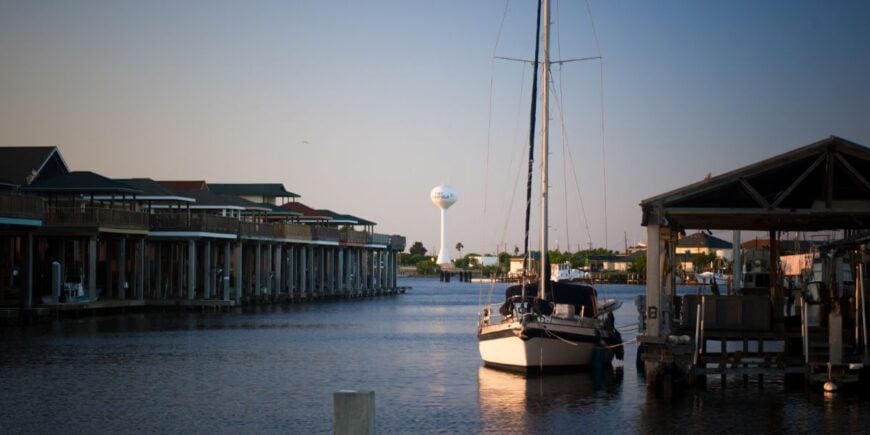
Port Mansfield feels like a whisper at the edge of the Laguna Madre—marina masts ticking in a steady coastal breeze and shorebirds stitching the sky. Its seclusion comes from geography: a dead-end road, vast tidal flats, and long stretches of protected habitat on every side.
The vibe is salt-bleached and easygoing, with skiffs at their slips and neighbors swapping fishing reports at dawn. Things to do include sight-casting for redfish, birding the coastal flats, strolling the pier at sunset, or taking a charter into the wild water beyond the jetties.
A small tourism-and-fishing economy hums gently in season. Even summer feels unrushed here; the loudest thing at night is the gulls. It’s the kind of place where the horizon itself is company.
Where is Port Mansfield?

Tucked in far South Texas on the lower coast in Willacy County, Port Mansfield sits on the Laguna Madre roughly 50 miles northeast of Brownsville. You reach it by following FM 186 to the very end—no through-traffic, just water and wind.
Major highways keep their distance, preserving the town’s pocket of calm. It’s close enough for a weekend, but it feels like you’ve slipped off the map.
24. Realitos: Mesquite, Wind, and Old Rails
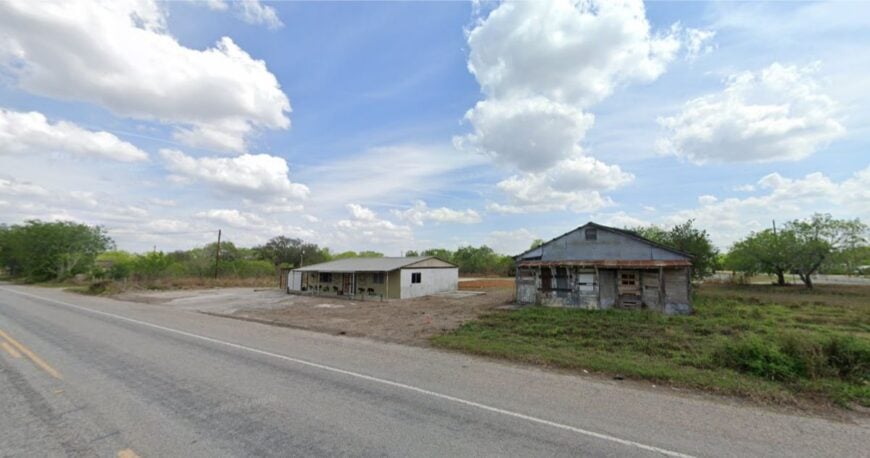
Realitos rests in the rolling brush country with sunburnt streets and a few steadfast porches facing the breeze. The town’s remoteness—miles from interstates and framed by ranch gates—keeps it notably quiet.
The vibe is modest and historical, with hints of the old railroad era still ghosting the edges. Spend an afternoon photographing weathered storefronts, watch hawks tilt over the fencelines, drive ranch roads lined with prickly pear, or time a visit for a small community gathering.
Ranching and commuting to larger towns keep the lights on. Dusk lays copper light over windmills and wind-tossed mesquite. It’s the kind of quiet that settles into your pockets and stays.
Where is Realitos?
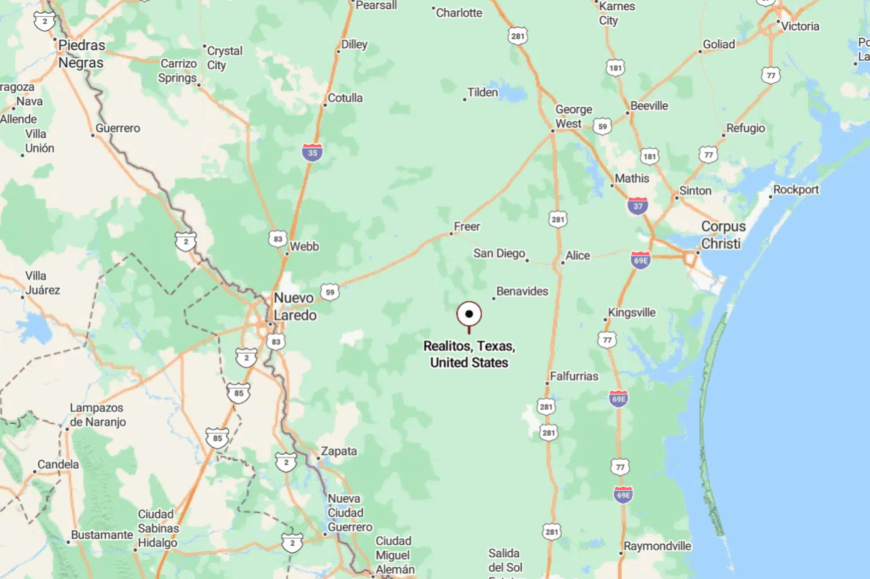
Set in Duval County in deep South Texas, Realitos lies southwest of Benavides and about an hour west of Kingsville. You’ll approach on two-lane state and farm-to-market roads through open ranchland.
Services are sparse and distances stretch, adding to the hush. By the time you arrive, the horizon feels wider than your plans.
23. Aguilares: Crossroads of Brush Country
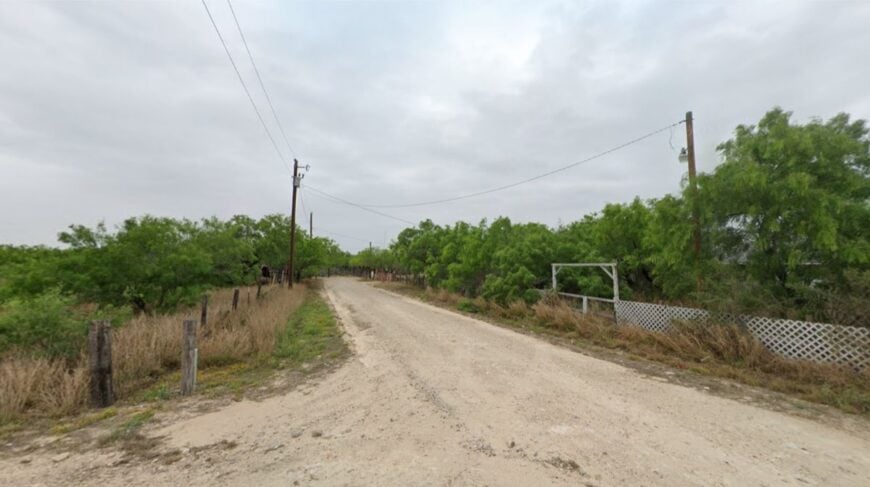
Aguilares is a tiny outpost south of Laredo where freight trains roll by and the sky seems impossibly big. Its seclusion comes from being a small settlement along a quiet highway, with ranches and thornscrub stretching in every direction.
The vibe is sun-faded and utilitarian—old storefronts, gravel lots, and the slow rhythm of borderland days. Walk the edges of town at golden hour, scan the fencerows for caracaras, photograph passing rail, or point the truck down a lonely FM road just to watch the light change.
A thread of ranching and rail-adjacent work anchors life here. Even the wind sounds unhurried. It’s the kind of place that reminds you how empty can be beautiful.
Where is Aguilares?
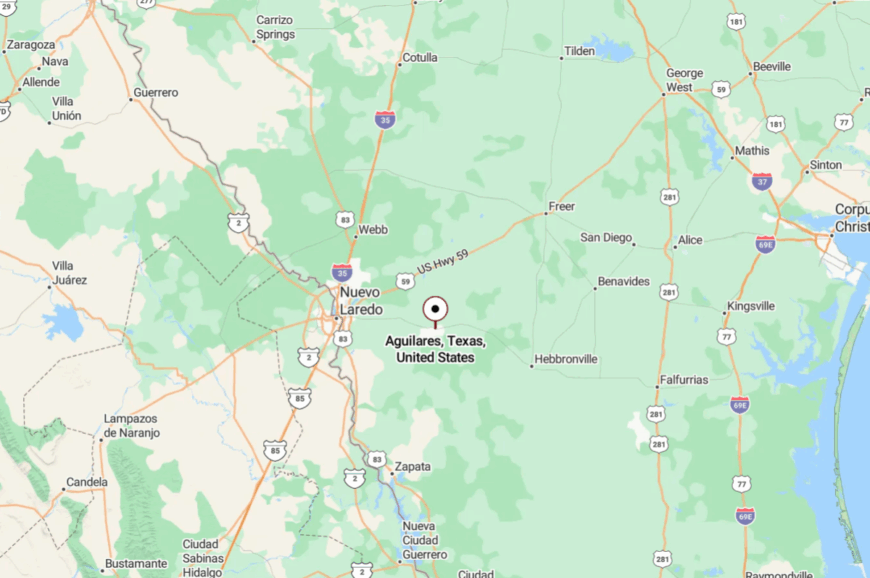
In southern Webb County, Aguilares sits along U.S. 359 about 35 miles southeast of Laredo. Reaching it means leaving the interstate for a quiet, straight ribbon of road through brush country.
There are a few towns nearby, which keep the world at arm’s length. You come for the space and find more of it than you expected.
22. Randado: A Gate into King Ranch Country
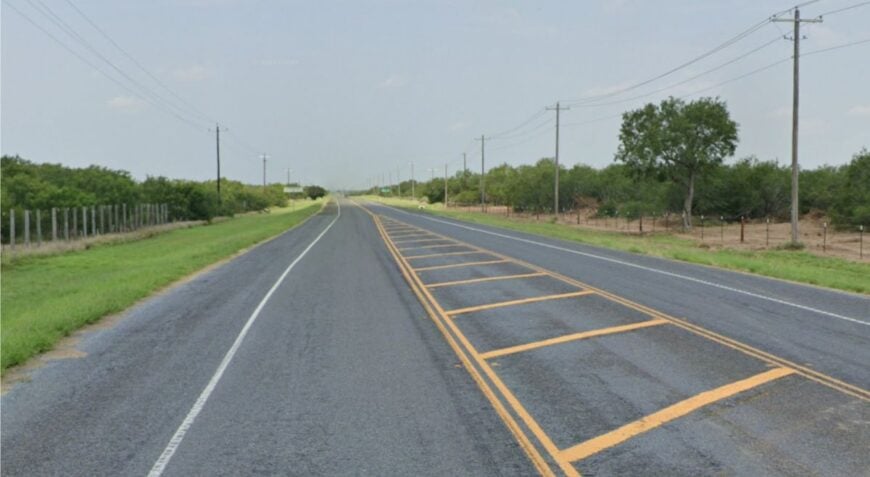
Randado rests among sprawling pastures and historic ranchlands where barbed-wire fences run to the horizon. Seclusion here is built in—private acreage everywhere, minimal services, and long distances between neighbors.
The vibe is hushed and historic, with chapel bells and old oaks hinting at deep roots. Drive slow beneath live oaks, watch white-tailed deer slip out at dusk, photograph the timeworn church, or stargaze where the night is still truly dark.
Ranching is the old and present language. The days stretch wide, and the evenings feel older than the road. It’s a quiet that asks nothing of you but time.
Where is Randado?
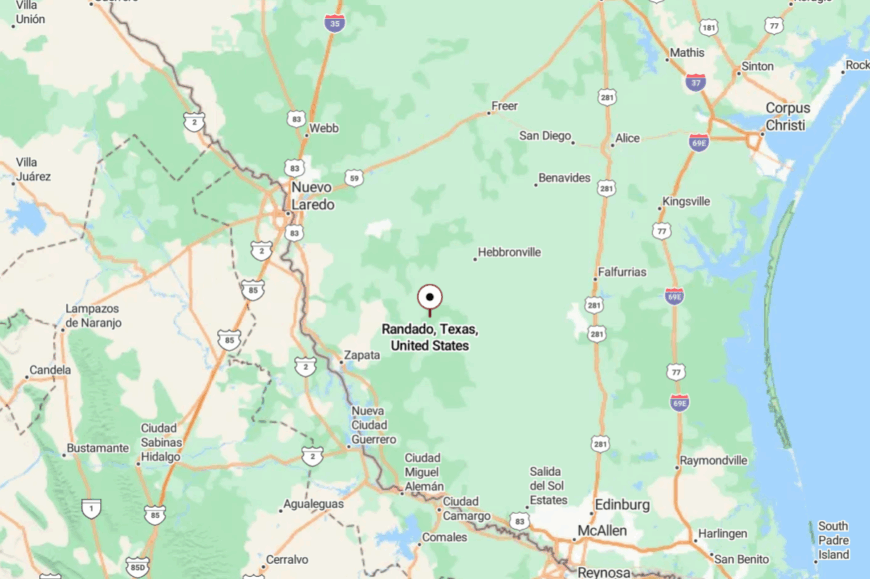
Located in Jim Hogg County between Hebbronville and Rio Grande City, Randado sits off rural farm-to-market roads. You’ll weave through miles of private ranchland to reach it.
The absence of big highways keeps traffic thin and moments long. It’s close enough to visit, yet far enough to feel set apart.
21. Thompsonville: Windmills and Wide-Open Miles
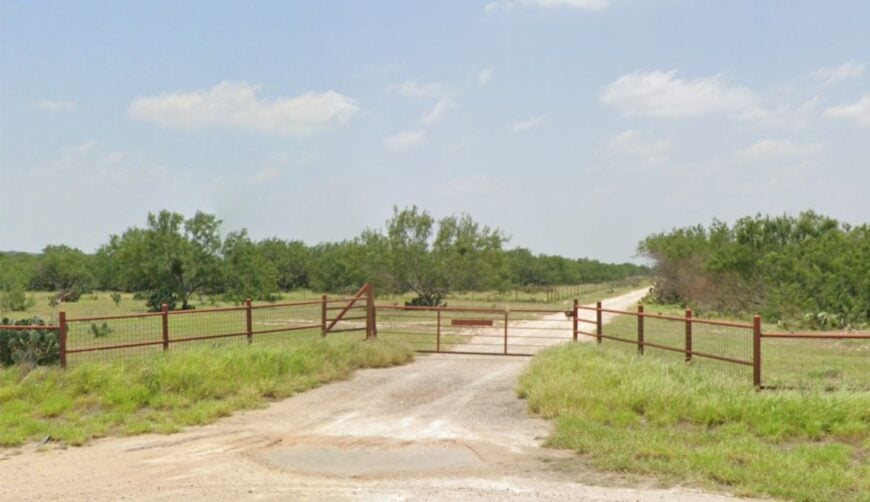
Thompsonville is the sort of dot on the map you only reach on purpose—an unincorporated scatter of homes and ranch gates in the brushlands. Its off-grid feeling comes from gravel stretches, low population, and long sightlines over chaparral and grass.
The vibe is practical and spare: windmills ticking, water tanks gleaming, coyotes calling at night. Walk the caliche roads at sunrise, photograph wildflowers after spring rains, listen for quail, or detour to a country store miles away for coffee.
Livelihoods lean on ranching and traveling trades. The sun owns the afternoons; the stars take back the night. It’s the kind of solitude that feels earned.
Where is Thompsonville?
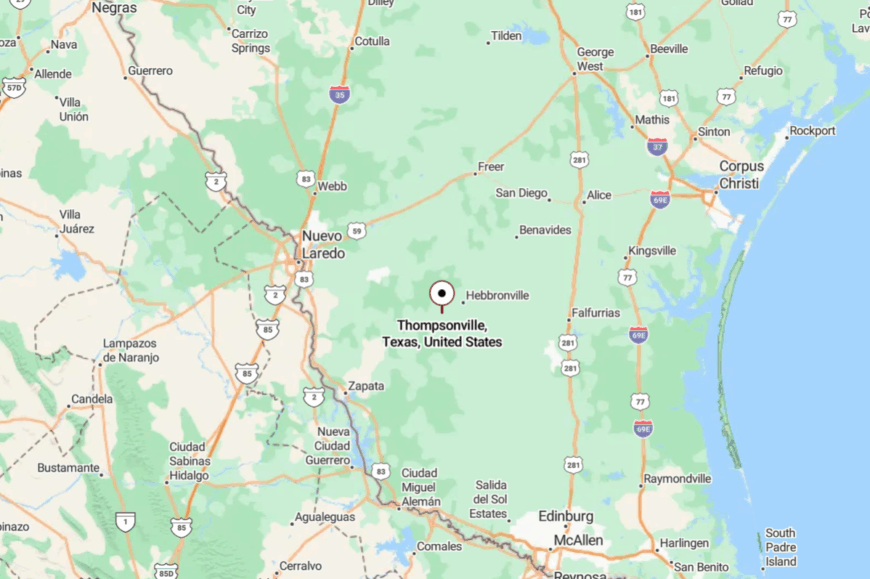
In rural Jim Hogg County, Thompsonville sits east of Hebbronville amid a maze of FM and county roads. There’s no interstate shortcut—just long, quiet stretches through private lands.
Services hide in distant hubs, and that’s part of the charm. You arrive and the world narrows to sky, fence, and wind.
20. Artesia Wells: Old Pump Jacks, New Silence
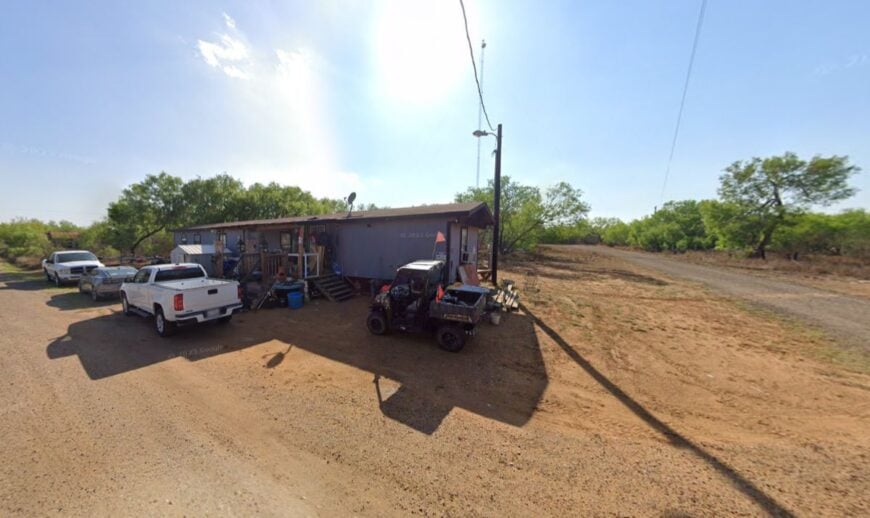
Artesia Wells wears the bones of old oil days—pump jacks, tanks, and scrub—now softened by long pauses between trucks. Its seclusion comes from being far off the main corridors in La Salle County where ranch gates outnumber storefronts.
The vibe is sun-washed and utilitarian, with the occasional clink of metal in the midday heat. Explore backroads for roadside wildflowers, photograph aging oil equipment, watch for deer near stock tanks, or find a quiet pullout for a picnic.
Ranching and episodic energy work steady the calendar. Twilight turns the brush a deep teal and the wind carries a mineral scent. It’s a place that teaches you to read the sky.
Where is Artesia Wells?
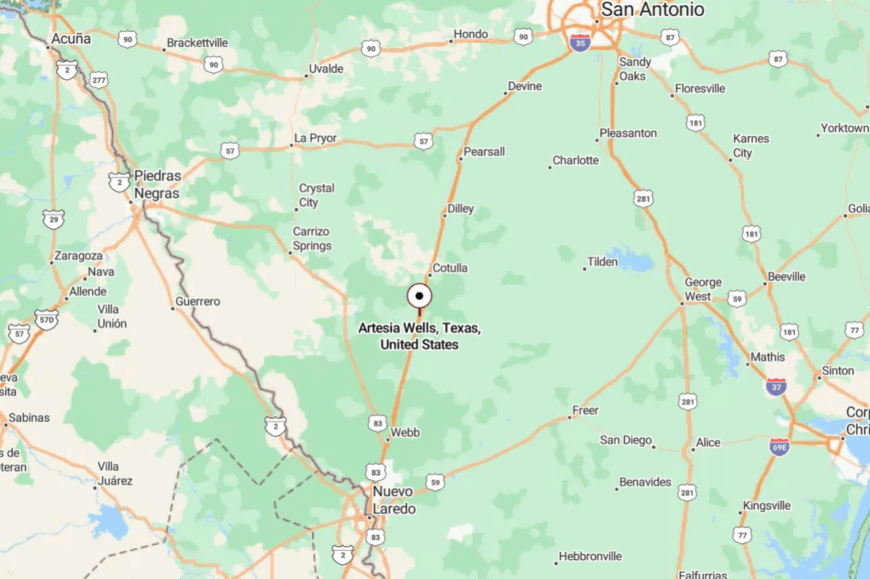
South of Cotulla in La Salle County, Artesia Wells sits along FM roads that peel away from I-35 into quieter country. The final miles are slow and straight, with little to crowd your view.
Highway hum fades quickly out here. You’ll know you’ve arrived when the horizon is the loudest thing in sight.
19. Los Angeles: A Ghost of a Town, A Sea of Grass
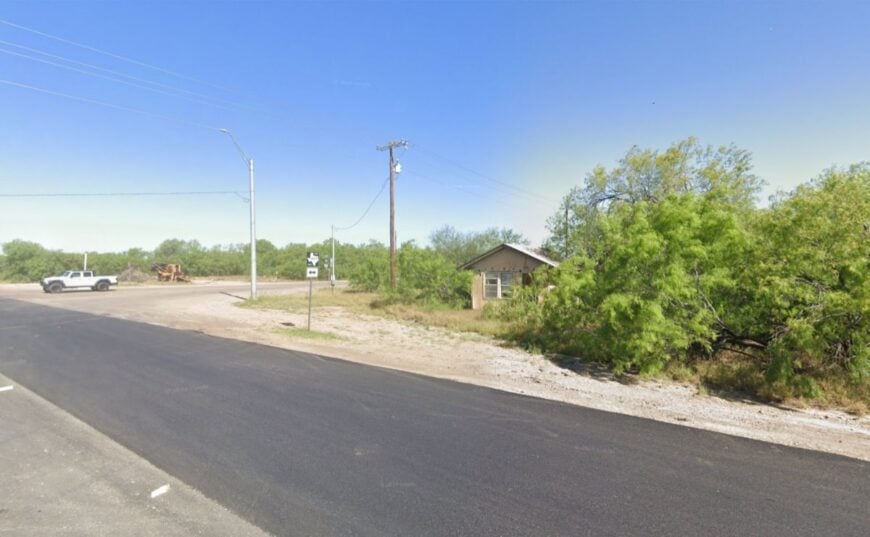
South Texas has its own Los Angeles—a near-ghost tucked among fencelines and pastures. Seclusion is the point: few residents, fewer services, and nothing but ranchland for miles.
The vibe is skeletal and photogenic—abandoned structures, mesquite shade, and wide skies. Bring a camera for weathered buildings, scan the fenceposts for kestrels, chase wildflower seasons along FM 624, or simply sit and listen to meadowlarks.
Any “economy” here is ranch-adjacent and seasonal. Silence arrives quickly and lingers gladly. It’s where you go to hear your thoughts crest and fall like wind.
Where is Los Angeles (La Salle County)?
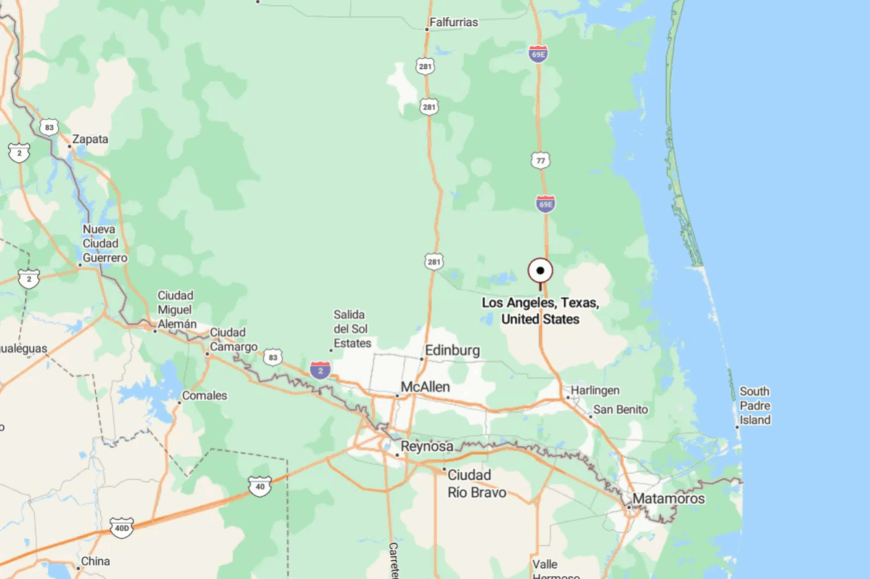
Situated in eastern La Salle County, this tiny community lies along FM routes between Cotulla and the ranch country toward Tilden. You reach it by two-lane roads that feel like they run straight into the sun.
Towns are distant and fuel stops rare—plan like a local. It’s close enough to find, far enough to forget hurry.
18. Calliham: Lake, Live Oaks, and Long Weekends
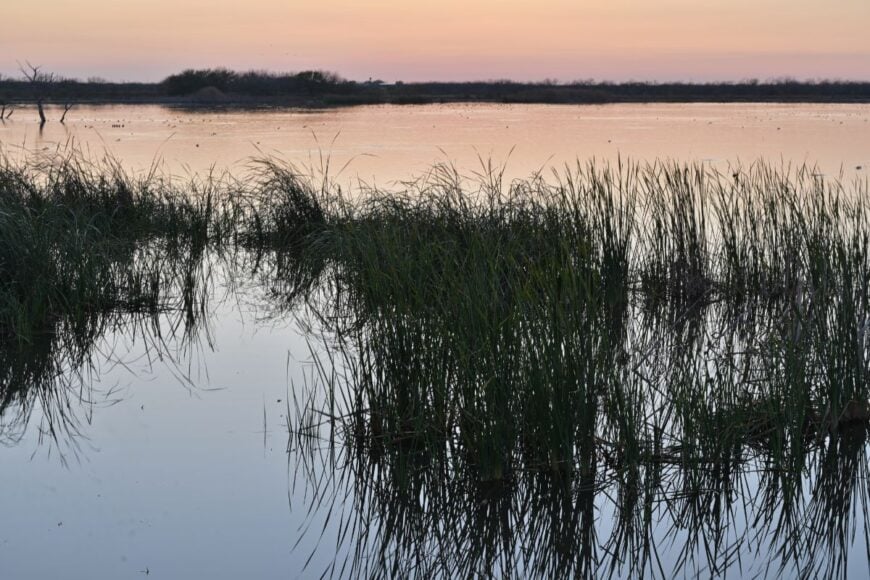
Calliham is a small cluster of streets shaded by oaks near the waterline of Choke Canyon Reservoir. Its tucked-away feel comes from being a lake community far from big interstates, with miles of state park and ranchland hemming it in.
The vibe is camp-chair relaxed—coolers, fishing rods, and friendly waves to passing boats. Fish for bass, watch wading birds in quiet coves, hike short park trails, or grill under the trees as the evening cools.
Recreation and park-driven tourism provide the heartbeat. Nights are black and bright with stars. It’s the kind of slow that refills you.
Where is Calliham?
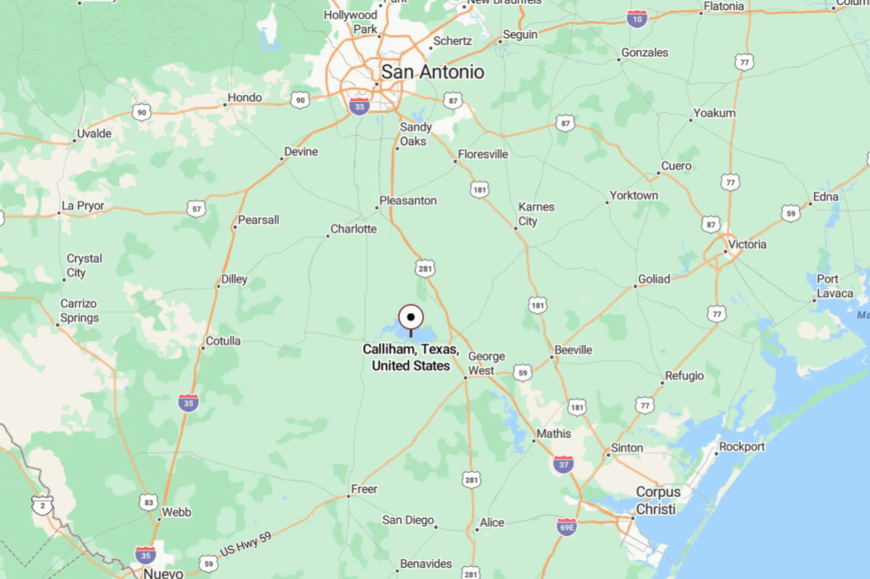
In McMullen County west of Three Rivers, Calliham sits along State Highway 72 on the north shore of Choke Canyon. The drive skirts open pasture and water, with services clustered miles away.
It’s a deliberate detour off the faster world. You arrive to wind in the oaks and a lake breathing quietly beside you.
17. Tilden: The Lone Crossroads of McMullen County
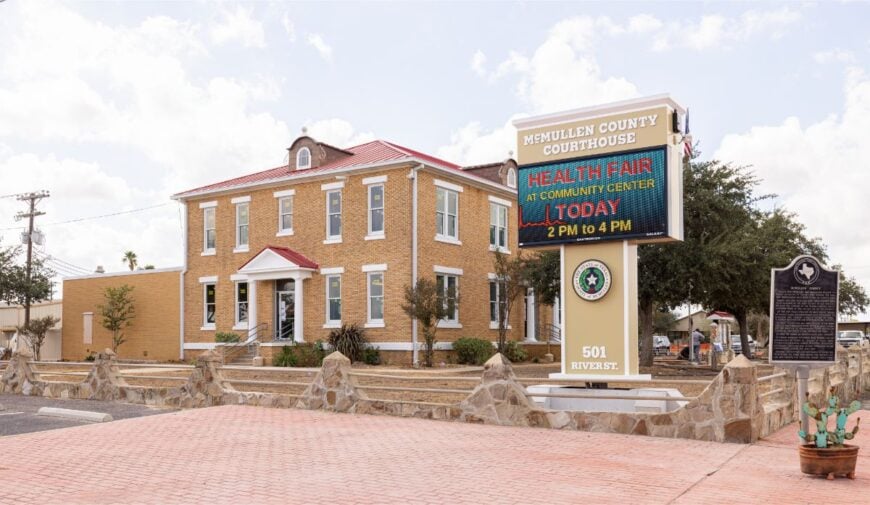
Tilden feels like a country chapter heading—one courthouse square, a handful of streets, and the long hush of brush country. Its seclusion comes from being the small, central hub of a huge, lightly populated county.
The vibe is historic and plainspoken: ranch trucks, courthouse steps, and sunsets that flatten you with color. Visit the local museum for county lore, drive wildlife-rich roads at dawn, fish Choke Canyon nearby, or catch a small event on the square.
Ranching and energy work underwrite everyday life. Even at noon, it feels like the day has space to spare. It’s the kind of quiet that steadies your pulse.
Where is Tilden?

Set roughly between San Antonio and Corpus Christi, Tilden sits at the junction of TX-16 and TX-72. Getting there means leaving interstates for long two-lane stretches through oak mott and mesquite.
Towns thin out quickly as you approach. It’s close enough for errands, far enough to hear the cicadas.
16. Lagarto: Bluffs Over a Blue Lake
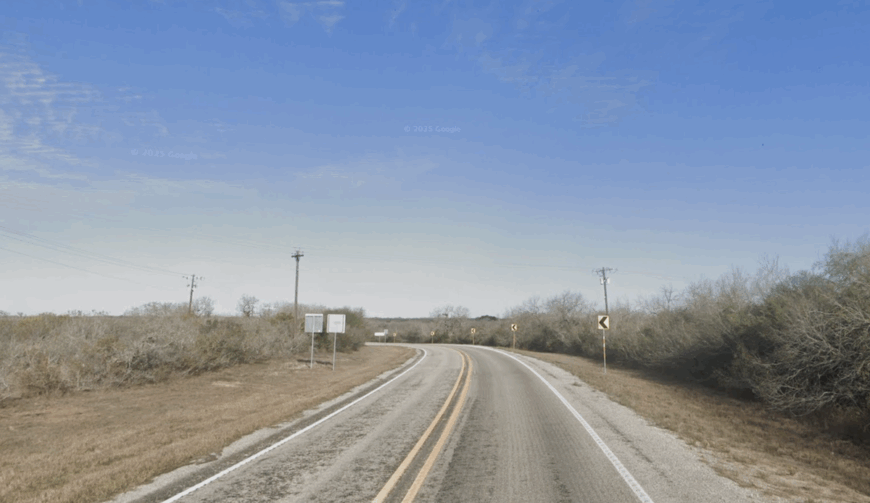
Lagarto perches above Lake Corpus Christi with limestone edges and breezy overlooks. Its seclusion is shaped by water and backroads—pocket neighborhoods, scattered docks, and little through-traffic.
The vibe is lake-casual: herons in the shallows, porch fans humming, boats sliding out at first light. Explore shoreline pullouts, paddle quiet coves, cast for catfish, or wander old cemetery grounds that hint at deeper history.
Lake life and weekenders stitch together the seasons. When the sun drops, the lake turns to hammered silver. It’s the sort of peace that hangs in the air like dew.
Where is Lagarto?
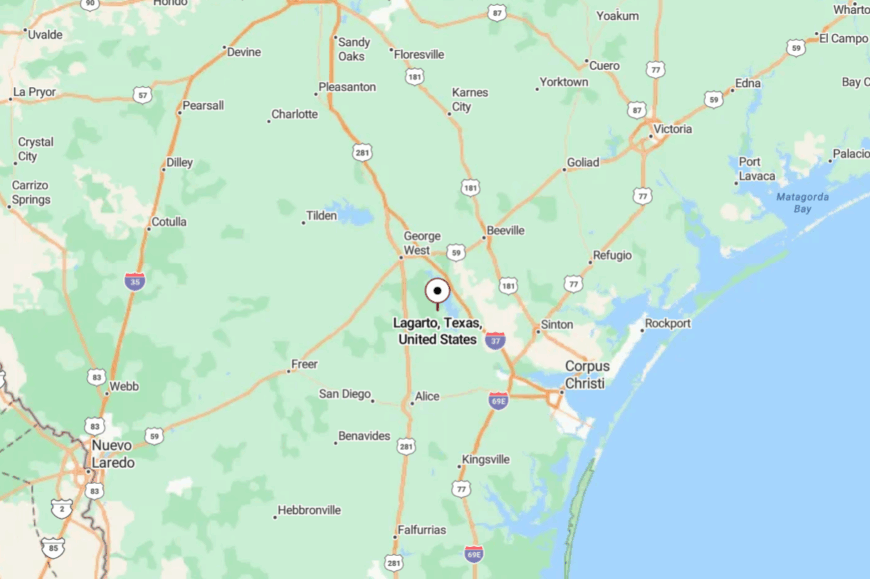
In Live Oak County west of Mathis, Lagarto sits off a web of county roads along Lake Corpus Christi’s upper arms. Highways give way to winding lanes that end at water and oak shade.
Services live in neighboring towns, not on the point. It’s near enough for supplies, but far enough to feel like a hideout.
15. Sandia: Wind over Water, Quiet under Oaks
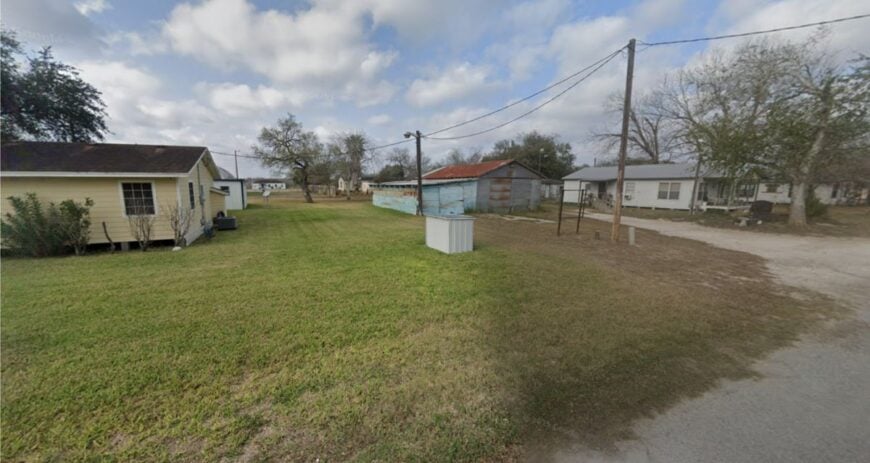
Sandia tucks into the northern reaches of Lake Corpus Christi, a small grid softened by live oaks and lake breezes. Its off-the-path feeling comes from the distance to big cities and the fact that travelers often pass it by for the park gates.
The vibe is neighborly and unhurried—porches, birdsong, and weekend boats on trailers. Fish the lake, picnic under the trees, birdwatch along backroads, or take a lazy drive to the dam overlook.
A mix of commuting and lake-season tourism keeps things steady. Nights are quiet enough to hear the water shift. It’s a gentle kind of seclusion that grows on you.
Where is Sandia?

Located in Jim Wells County near the Lake Corpus Christi dam, Sandia sits north of Mathis along FM roads. You leave US-359 or TX-359 for smaller lanes that wander toward the water.
The last miles feel like you’re entering a lakeside pocket. It’s close enough for a day trip, far enough to slow your stride.
14. San Patricio: Mission-Era Echoes on the River
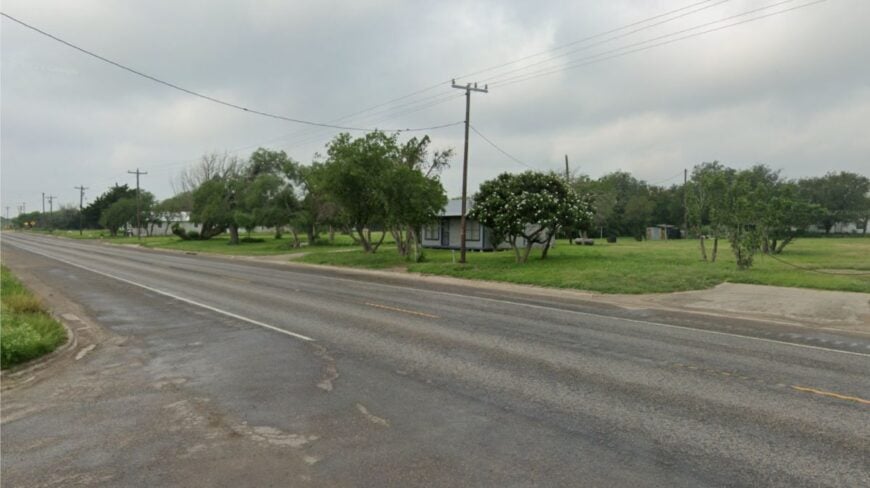
San Patricio carries the hush of history—old oaks, mission-era stories, and the slow drift of the Nueces River. Its seclusion comes not from distance alone but from side-roads and timeworn lanes that bypass modern rush.
The vibe is heritage-rich and quietly romantic: ivy on fences, churchyards in afternoon shade, and a sense that the 19th century never fully left. Visit historic sites, picnic along the river bends, browse small cemeteries for whispered dates, or detour to nearby birding hotspots.
A rural mix of ranching and heritage tourism dots the calendar. Evening light feels especially gentle here. It’s the kind of calm that teaches you to walk more softly.
Where is San Patricio?
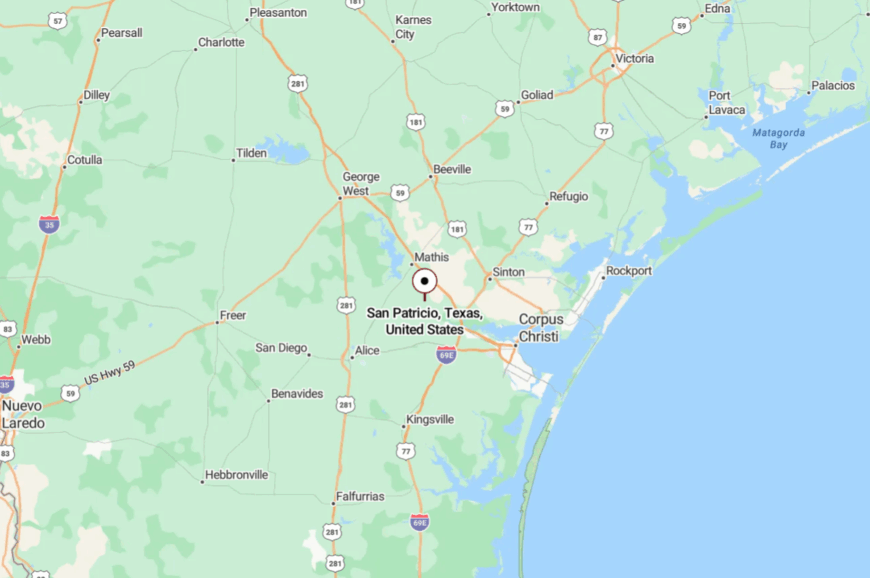
In San Patricio County near Mathis and the Nueces River, the community sits north-west of Corpus Christi via smaller farm roads. You peel off the highways for shaded lanes and river turns.
The main corridors skim past, leaving this pocket to itself. You arrive and the past feels very close.
13. El Indio: Border River, Unbroken Quiet
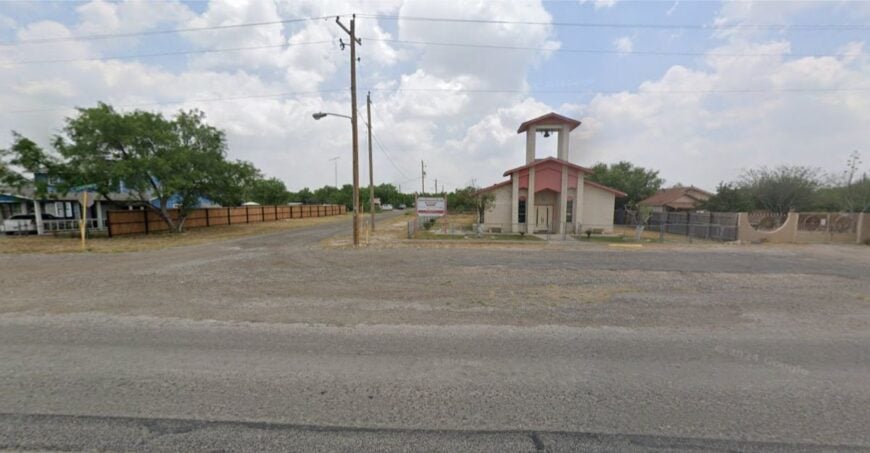
El Indio is a quiet bend on the Rio Grande where cottonwoods shake their leaves like coins. It’s secluded by distance and river—miles from larger cities and tucked against the international line.
The vibe is spare and border-rural: fields, levees, and long, sunlit fencelines. Walk the levee at sunrise, watch for green jays in the thickets, photograph old farm structures, or drive to nearby historic sites for a sense of place.
Farming and ranching make the days steady. When twilight lifts off the river, everything softens to blue. It’s the sort of stillness that lasts.
Where is El Indio?
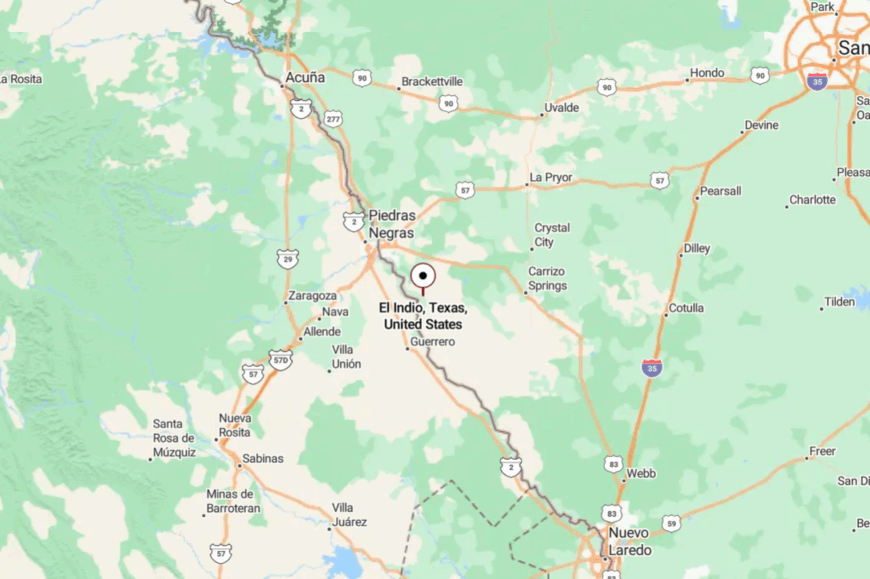
In Maverick County, El Indio sits about 20 miles south of Eagle Pass near the Rio Grande. You reach it on FM 2644 and smaller local roads through flat river country.
There’s little traffic and lots of sky. Close to the border, far from the bustle—exactly its charm.
12. Quemado: Pecans, River Mist, and Porch Talk
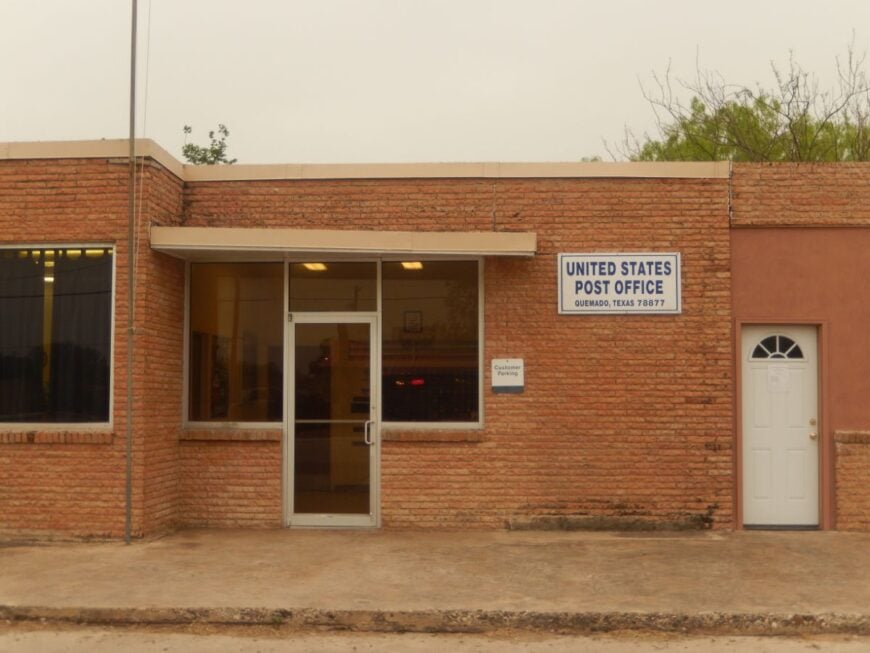
Quemado spreads along pecan groves and riverbottom fields where mornings arrive with a low silver fog. Its seclusion comes from agricultural miles and the gentle hem of the Rio Grande.
The vibe is neighborly and green for the region—irrigation ditches, orchard shade, and tractors humming in the middle distance. Stroll under the pecans, fish canal edges, watch orioles and kiskadees, or take a scenic drive toward nearby lakes and crossings.
Farming is the anchor, with families measuring time by harvest and water. Even the breeze seems to speak softly here. It’s a comfortable quiet that’s easy to love.
Where is Quemado?
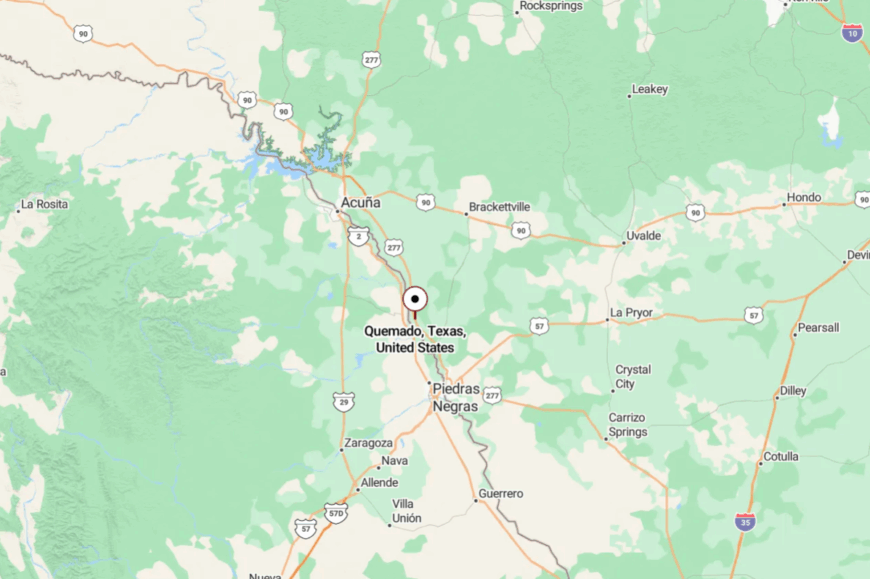
Northwest of Eagle Pass in Maverick County, Quemado sits close to the Rio Grande along US-277 and local roads. The approach drifts past fields and orchards rather than storefronts.
Highways skirt, but don’t pierce, the slower rhythm. You arrive to green shade and river light.
11. Spofford: Rails, Limestone, and Open Range
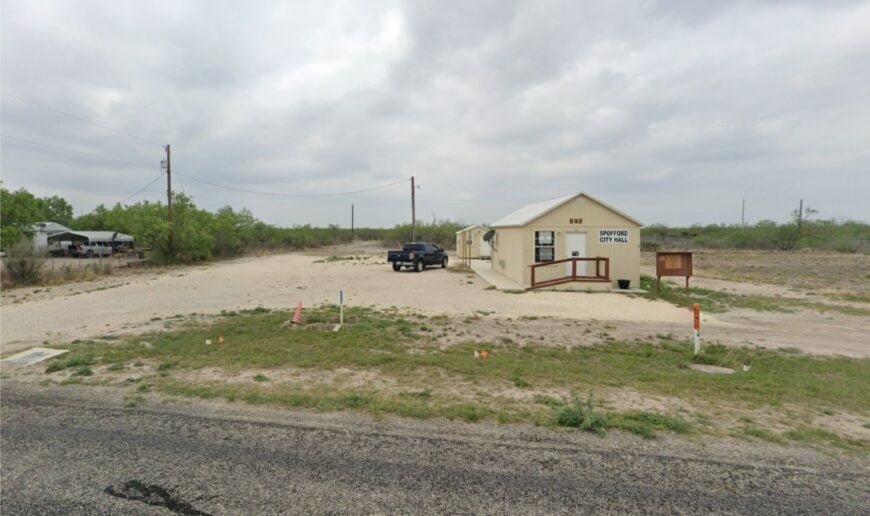
Spofford feels like a set of sun-struck streets half-remembered by a passing train—quiet, limestone bright, and surrounded by open range. Its seclusion comes from being a tiny Kinney County community far from interstates, with ranchlands rolling out like a sea.
The vibe is spare and cinematic: low buildings, big sky, and the echo of rail history. Photograph old depots and fences, watch for painted buntings in summer, explore nearby creek crossings, or make a day trip to historic Brackettville’s forts and film sites.
Ranching and commuting keep life going at a steady walk. At night, the stars feel like they’ve stepped closer. It’s the kind of place that reminds you how quiet the world can be.
Where is Spofford?

Spofford sits in Kinney County, south of Brackettville, reached by FM roads that meander through ranchland. You leave US-90 for smaller lanes and a slower pace.
Services gather in the neighboring towns, not here. It’s close enough for supplies, but far enough to feel like your own corner of sky.
10. Mirando City’s Peaceful Vistas

Mirando City, home to around 300 residents, is a small and serene community in Webb County that offers a peaceful escape from urban life. I find its quiet streets and historical charm captivating, especially when exploring the remnants of its early 20th-century oil boom.
The town’s history is etched into its landscape, with old oil derricks and equipment providing a glimpse into days gone by. While the main industry has shifted away from oil, ranching and agriculture now form the backbone of the local economy.
What truly makes Mirando City secluded is its remote location amid vast stretches of South Texas brushland, ensuring a tranquil environment that’s hard to find elsewhere.
Where is Mirando City?
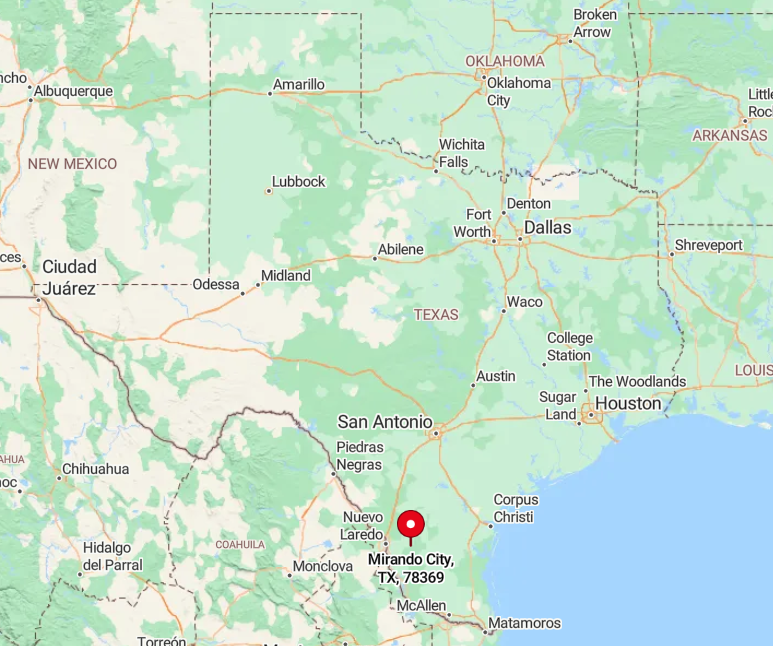
Nestled about 35 miles east of Laredo along U.S. Highway 59, Mirando City sits quietly in the southern part of Webb County. Its seclusion is due to the expansive ranch lands and minimal neighboring communities that surround it.
The town’s isolation is enhanced by the open landscapes and sparse population, making it a perfect spot for those seeking solitude. Getting there involves a peaceful drive through the heart of South Texas, where the journey itself is a serene experience through wide-open spaces and big skies.
9. Oilton’s Quiet Horizons

Oilton is a tranquil community in Webb County with a population of around 400 people. I love the peaceful atmosphere here, where life moves at a slower pace under the expansive Texas sky.
The town’s history is rooted in the early oil industry, and while the booms have come and gone, Oilton retains a rustic charm. Nowadays, ranching and some small-scale oil operations sustain the local economy.
What makes Oilton especially secluded is its remote location and the surrounding open rangelands, providing unobstructed horizons and a sense of vastness that’s truly liberating.
Where is Oilton?
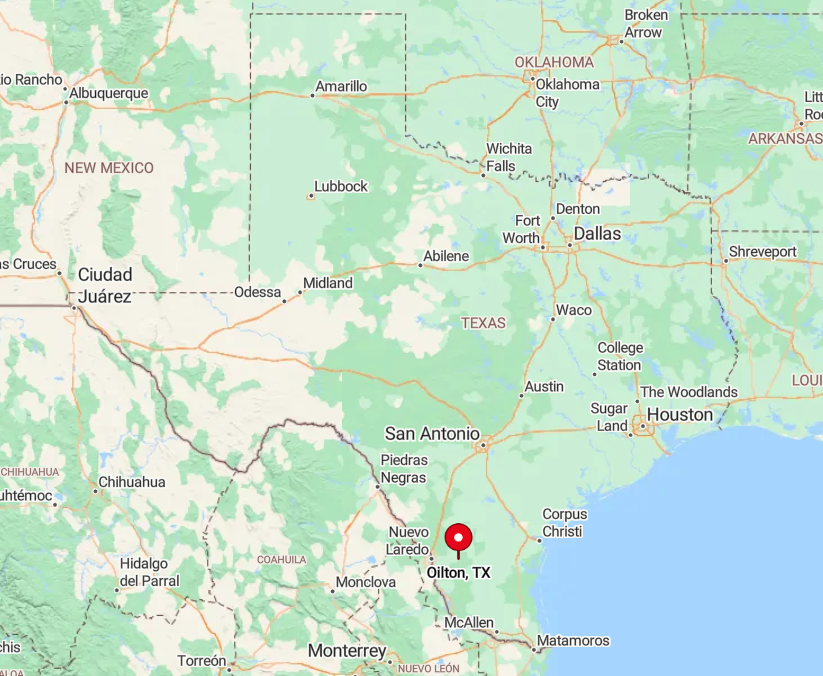
Located approximately 40 miles east of Laredo along State Highway 359, Oilton is tucked away in the heart of southern Texas. Its seclusion is intensified by the sparsely populated surroundings and minimal traffic passing through.
I find that reaching Oilton requires a deliberate journey off the beaten path, driving through stretches of untouched landscape. This remoteness makes it an ideal spot for those looking to disconnect and enjoy the simplicity of rural life.
8. Armstrong’s Secluded Ranchlands

Armstrong is a tiny community enveloped by the expansive ranchlands of Kenedy County, offering the ultimate in privacy. With a population that’s scarcely more than a handful, I’ve found Armstrong to be one of the most secluded spots in southern Texas.
The town serves as a gateway to the famous King Ranch, one of the largest and oldest ranches in the United States. The main industry here is ranching, and the landscape is dominated by wide-open spaces, grazing cattle, and an abundance of wildlife.
The seclusion comes from the vast private lands that surround it, making it a haven for those seeking solitude and a connection to the land.
Where is Armstrong?
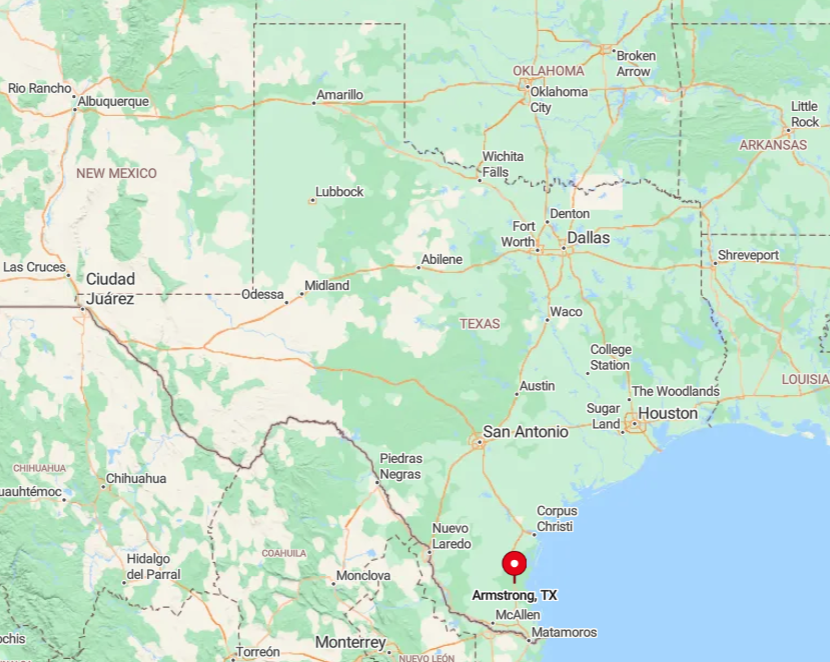
Armstrong is situated along U.S. Highway 77 in Kenedy County, about 50 miles south of Corpus Christi. The town’s isolation is enhanced by the immense ranch properties that lie in all directions, with King Ranch encompassing much of the area.
Access to Armstrong requires traversing long stretches of highway flanked by open fields and minimal development. I find that this journey through the heart of ranch country adds to the sense of escape, as you leave behind the cityscapes and enter a world defined by nature and quiet.
7. Catarina’s Hidden Trails

Catarina is a tranquil spot in Dimmit County with a population of around 100 residents. I enjoy the peaceful environment here, where the sounds of nature replace the noise of busy streets.
The town was originally established as a railroad stop and later saw some oil and gas activity but has since settled into a quiet existence. Outdoor enthusiasts like me appreciate the hunting opportunities in the area, as Catarina is surrounded by ranches that offer hunting leases.
The main industries are ranching and some agriculture, contributing to its rustic charm. What makes Catarina secluded is its remote location and the lack of urban development, providing a serene backdrop for those looking to get away from it all.
Where is Catarina?
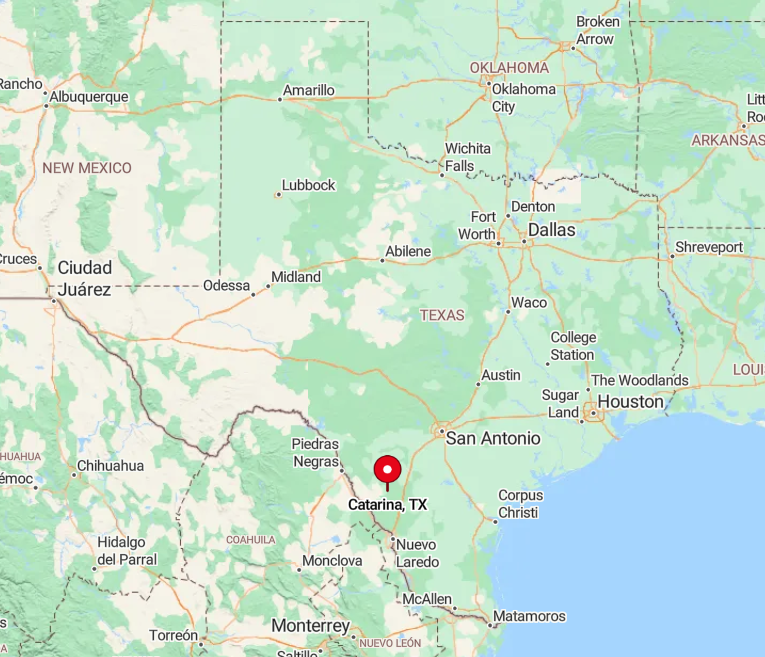
Located off U.S. Highway 83, about 20 miles south of Carrizo Springs, Catarina sits quietly in southern Texas. Its seclusion is amplified by the miles of ranch land and minimal towns in the vicinity.
Getting there involves a drive through the brush country, where the open road and expansive skies create a sense of freedom. I find this journey to be part of the allure, as it leads you further from crowded cities and into a place where time seems to slow down.
6. Encino’s Quiet Paths

Encino is a small community nestled in Brooks County with a population of around 100 people. Surrounded by untouched nature and minimal development, I find Encino to be a place where one can truly unwind.
The town is close to ranches and wildlife refuges, making it a fantastic spot for bird watching and enjoying South Texas wildlife. The primary industry here is ranching, and the expansive ranchlands contribute to the town’s peaceful atmosphere.
Encino’s seclusion is due to its remote setting and the sparse population, offering a quiet retreat away from the usual tourist spots.
Where is Encino?
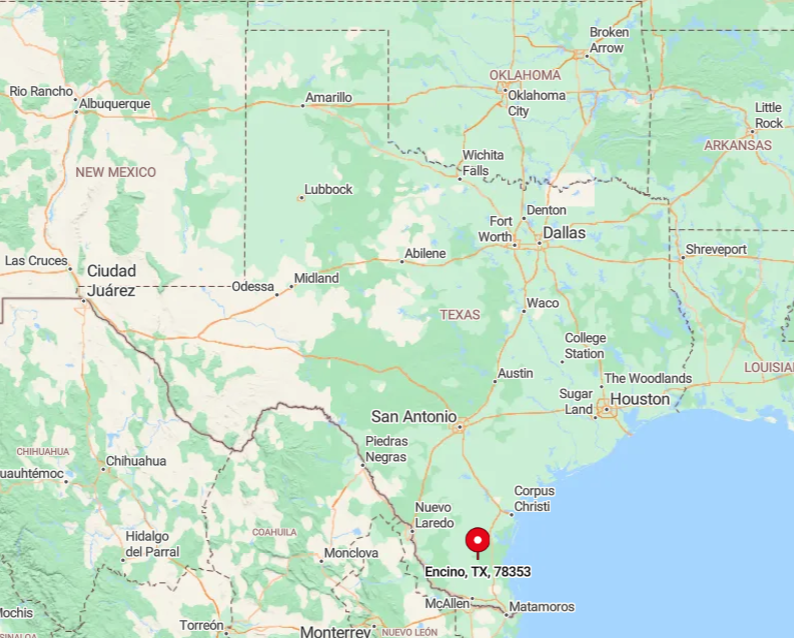
Encino is located along U.S. Highway 281, about 65 miles north of McAllen. The town’s seclusion is heightened by the vast stretches of undeveloped land that surround it, with few neighboring communities nearby.
Getting to Encino involves a journey through the serene landscapes of South Texas, where you can appreciate the solitude of the open road. I always enjoy this drive, as it sets the tone for the tranquility that awaits in Encino.
5. Guerra: Remote Solace

Guerra is a sparsely populated community in Jim Hogg County where wide-open spaces meet quiet living. With a population that numbers less than a dozen, I consider Guerra to be one of the most secluded places in southern Texas.
The area is characterized by vast ranchlands and an unspoiled natural environment. Activities are centered around enjoying the serenity of nature, perhaps wildlife watching or simply soaking in the expansive skies.
With no significant industries, Guerra remains untouched by commercial development. Its seclusion is a result of both its remote location and the minimal population, making it an ideal spot for true solitude.
Where is Guerra?
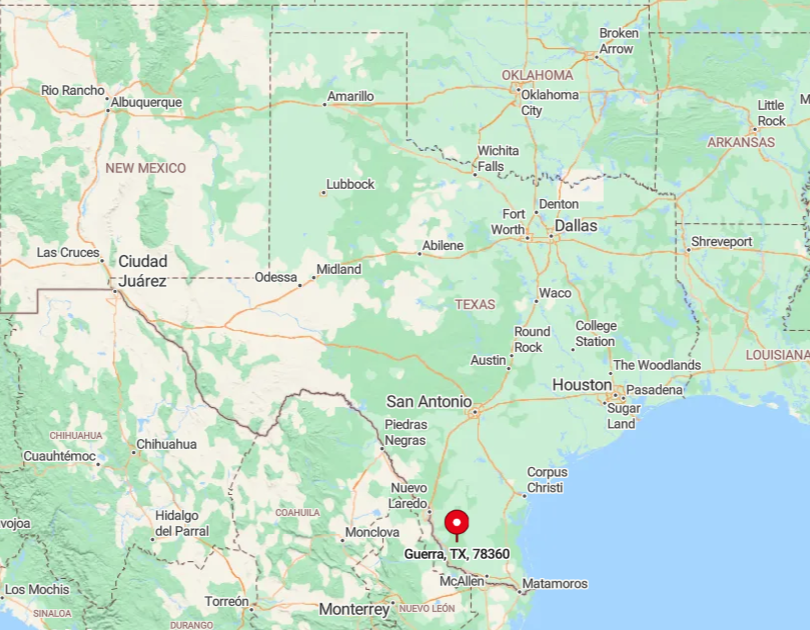
Guerra is located off Farm to Market Road 649, approximately 28 miles southeast of Hebbronville. Its isolation is magnified by the miles of ranchland that envelop it and the absence of nearby towns.
Reaching Guerra requires navigating rural roads that weave through the heart of South Texas ranch country. I find that the journey itself, away from highways and urban centers, enhances the feeling of stepping back in time to a quieter, simpler place.
4. Fowlerton’s Rustic Retreats

Fowlerton is an unincorporated hideaway in La Salle County with a population of around 60 residents. I appreciate its rustic charm and expansive spaces that offer a slow-paced lifestyle.
The town was established in the early 1900s but faced decline when initial farming ventures didn’t thrive. Now, it’s a quiet community where hunting and ranching are prevalent activities.
Outdoor enthusiasts, like me, can explore the surrounding land for game or simply enjoy the tranquility. Fowlerton’s seclusion is due to its remote location and the vast open terrain that separates it from larger towns, providing a genuine escape from the bustle.
Where is Fowlerton?
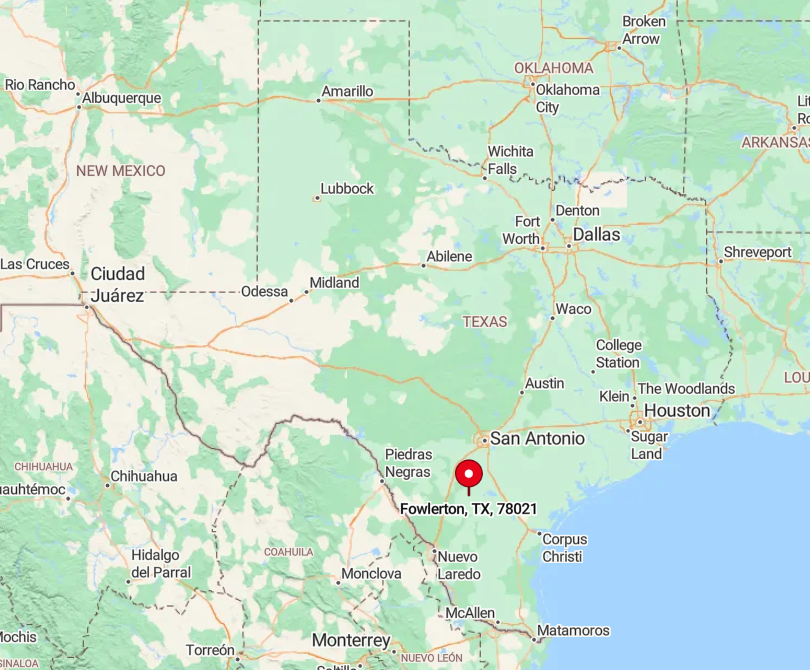
Situated at the intersection of State Highway 97 and Farm to Market Road 469, Fowlerton lies about 45 miles northwest of Pleasanton. The town’s isolation is heightened by the surrounding ranch lands and a lack of major highways leading directly to it.
Getting there involves traveling through scenic backroads that traverse the South Texas plains. I find that the journey through this rugged landscape adds to the allure of Fowlerton, making it feel like a true retreat.
3. Sarita: Gateway to Serenity

Sarita is a peaceful enclave in Kenedy County with a population of around 200 residents. As the county seat, it’s enveloped by natural barriers and vast ranchlands, perfect for those seeking solace.
I enjoy the quiet streets and the sense of history that permeates the town, which is closely associated with the Kenedy family and the famous King Ranch. The main industry here is ranching, and the town serves as a gateway to the immense ranch properties in the area.
What makes Sarita secluded is the combination of its small size and the expansive, private lands that surround it, creating a serene environment that’s hard to find elsewhere.
Where is Sarita?
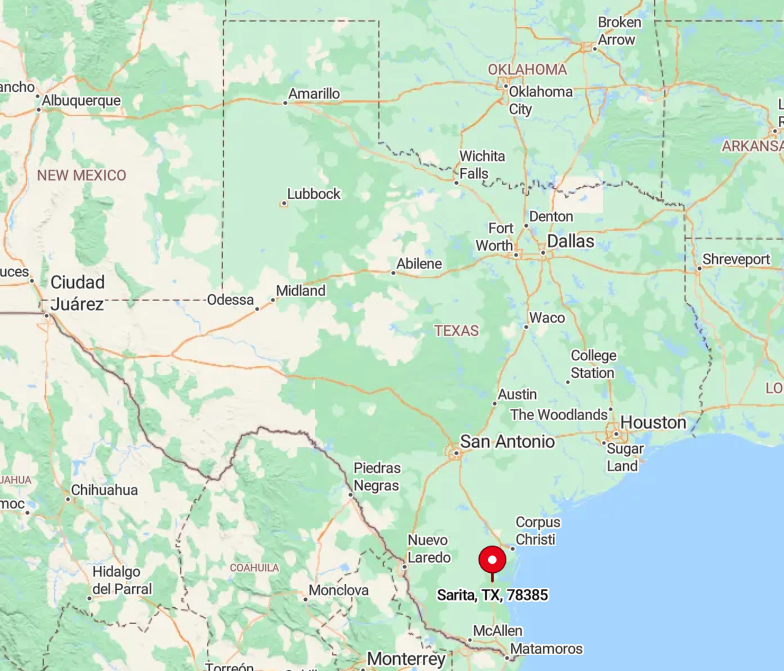
Sarita is located along U.S. Highway 77, about 20 miles south of Kingsville. Its isolation is due to the extensive ranch lands that stretch for miles in every direction, making neighboring towns few and far between.
Access involves a drive through the open prairies and brushlands of South Texas. I always find this journey calming, as the vastness of the landscape sets the tone for the tranquility that awaits in Sarita.
2. Concepcion’s Tranquil Escapes

Concepcion is a secluded rural community in Duval County, surrounded by open fields and rich history. With a population of about 60, I’ve found it to be a place where time seems to stand still.
The town is home to the Our Lady of Guadalupe Catholic Church, a local landmark that reflects the area’s cultural heritage. Activities are centered around community events and exploring the peaceful countryside.
Ranching is the main industry, sustaining the traditional way of life. Concepcion’s seclusion comes from its remote setting amid vast agricultural lands, offering a tranquil escape from the modern world.
Where is Concepcion?
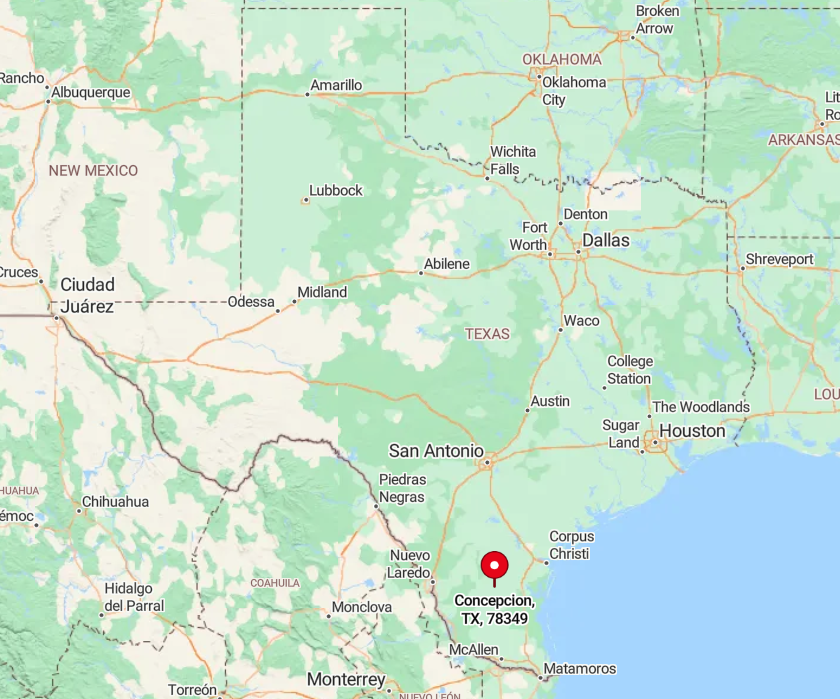
Concepcion is located along State Highway 339, about 15 miles south of San Diego, Texas. Its secluded nature is due to the extensive farmlands and ranches that surround it, with few neighboring communities.
Traveling to Concepcion involves a serene drive through rural South Texas, where one can enjoy the simplicity of the surroundings. I always appreciate this journey, as it embodies the sense of peace that defines Concepcion.
1. The Hidden Oasis of Bruni
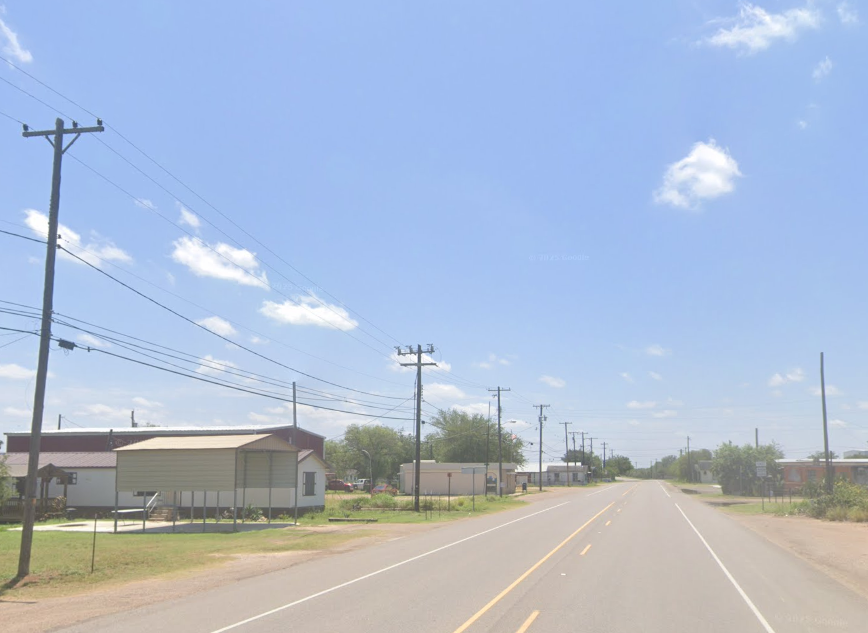
Bruni is an unincorporated community cocooned in the vast landscapes of Webb County, offering serene solitude far from urban bustle. With a population of around 300 residents, I consider Bruni a hidden oasis in southern Texas.
Founded in the early 1900s as a ranching center, it has retained much of its historical charm. Activities include bird watching and nature walks, as the area is home to diverse wildlife and natural beauty.
The main industries are ranching and some oil and gas operations, reflecting its roots. Bruni’s seclusion is due to its remote location and the unspoiled landscapes that envelop it, making it a perfect spot for those seeking peace and quiet.
Where is Bruni?
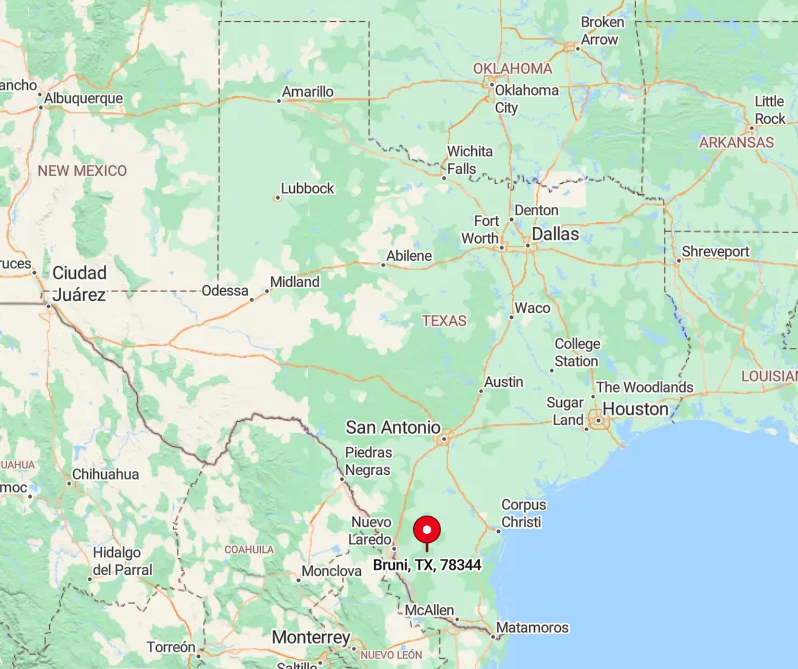
Bruni is situated along State Highway 359, about 35 miles east of Laredo. The town’s isolation is heightened by the surrounding ranch lands and the lack of major cities nearby.
Reaching Bruni involves a drive through the heart of South Texas brush country, where the scenery is dominated by mesquite trees and open skies. I find that the journey to Bruni is part of its charm, offering a chance to disconnect and immerse oneself in the tranquility of the region.

